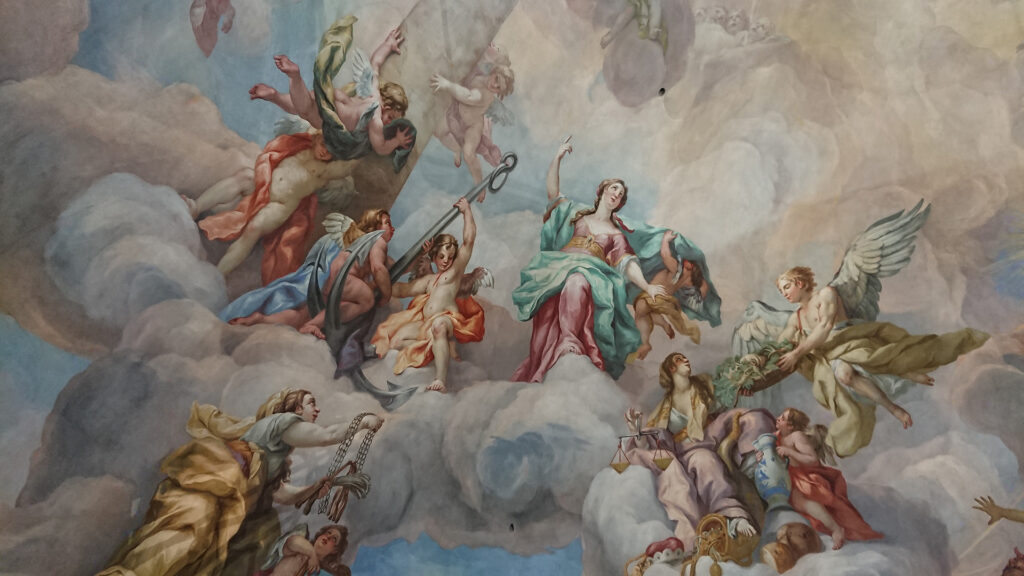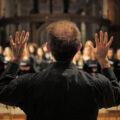The sacred and the beautiful: Exploring the relationship between religion and aesthetics
The sacred and the beautiful: Exploring the relationship between religion and aesthetics
There is an intriguing connection between religion and beauty. Let’s embark on a journey to unravel the depths of this timeless bond.
Beauty in religious traditions
Beauty has always captivated us, inspiring awe and wonder. It transcends cultural boundaries and shapes our perception of the world. Religion, a powerful force influencing our beliefs and values, also plays a significant role in how we understand beauty.[1] [2]
In many religious traditions, beauty is viewed as a reflection of the divine. It encompasses more than just physical attractiveness; it embodies spiritual qualities and virtues.[3] For example, in Christianity, beauty is associated with God’s creation and is seen as a reflection of His goodness and perfection.[4] Similarly, in Hinduism, divine beauty is central, with beauty considered an essential attribute of divine forms. For instance, Lakshmi, a prominent deity in Hindu mythology, serves as the consort of Vishnu and symbolises the promotion of prosperity, fame, beauty, purity, and grace, encompassing both material and spiritual dimensions.[5]
Rituals and cultural beauty
Religious rituals, art, and architecture incorporate beauty to evoke spiritual experiences and create a sense of awe. From intricately designed temples to sacred music and dance, these aesthetic elements aim to transport individuals to a realm of transcendence and connect them with the divine.[6] Symbolism and aesthetics in religious practices enhance the religious experience and facilitate a deeper connection with the spiritual realm.[7]
Religion not only influences individual perceptions of beauty but also shapes cultural beauty standards within specific communities and societies. Certain religious traditions, such as Islam, Judaism, and some branches of Christianity, emphasise modesty and prioritise inner beauty over external appearances. In these traditions, adherents are encouraged to focus on cultivating virtuous qualities and displaying humility rather than placing undue emphasis on physical attractiveness.[8] The practice of modesty often involves wearing modest clothing, covering certain body parts, and promoting a sense of modesty in behaviour and interactions. By doing so, these religions aim to foster a deeper appreciation for inner qualities and spiritual growth rather than solely valuing external beauty.[9]
Furthermore, beauty plays a vital role in religious practices themselves. Whether through the adornment of sacred spaces, the use of ceremonial objects, or the embodiment of beauty in religious rituals, it enhances spiritual experiences and fosters a deeper connection with the divine. Beauty becomes a conduit for transcendence, allowing individuals to tangibly and profoundly experience the sacred.[10] [11]
Challenges and criticism
However, the interplay between religion and beauty can give rise to challenges and criticisms. When the emphasis on external beauty outweighs the importance of inner spiritual growth, conflicts can arise within religious communities. Unrealistic beauty expectations can also lead to negative effects on individuals’ self-esteem and overall well-being.[12]
To navigate these challenges, it is crucial to strike a balance. Appreciating the aesthetic beauty within religious traditions should go hand in hand with recognising the deeper spiritual significance and values they represent. By embracing the multifaceted nature of beauty, individuals can cultivate a more authentic and balanced approach, fostering inner growth and a deeper connection with their religious beliefs.[13]
Broadening perspectives and challenging beauty norms
In conclusion, the relationship between religion and beauty provides valuable insights into how we perceive and value beauty across different traditions. It encourages us to appreciate the diverse expressions of beauty and reflect on societal beauty norms influenced by religious beliefs. Understanding the interplay between religion and beauty deepens our appreciation for the multifaceted nature of beauty and its profound impact on human experiences.
Our team of analysts conducts research on topics relating to religion and society. Find out their relationships on the EARS Dashboard.
Sources
[2] “Welche Bedeutung hat die Religion für die Gesellschaft?”
[3] Die Religion der Schönheit
[4] Die wilde Schönheit der Schöpfung
[5] LAKSHMI, DIE GÖTTIN FÜR GLÜCK UND SCHÖNHEIT
[6] Religion und Musik: Das spirituelle Traumpaar
[7] Ästhetische und religiöse Erfahrung in der Religionspädagogik
[8] The Conceptions of Modesty and Modest Dress in the Scriptures of Abrahamic Religions
[9] ‘In deinen Augen bin ich schön’ – Vom Blick Gottes auf den Menschen – Eine Unterrichtseinheit für die Berufsschule
[10] Schönheit ist der Spiegel Gottes
[11] Anselm grün schönheit eine neue spiritualität der lebensfreude
[12] «Religionen sollen in erster Linie echt und glaubwürdig sein»






